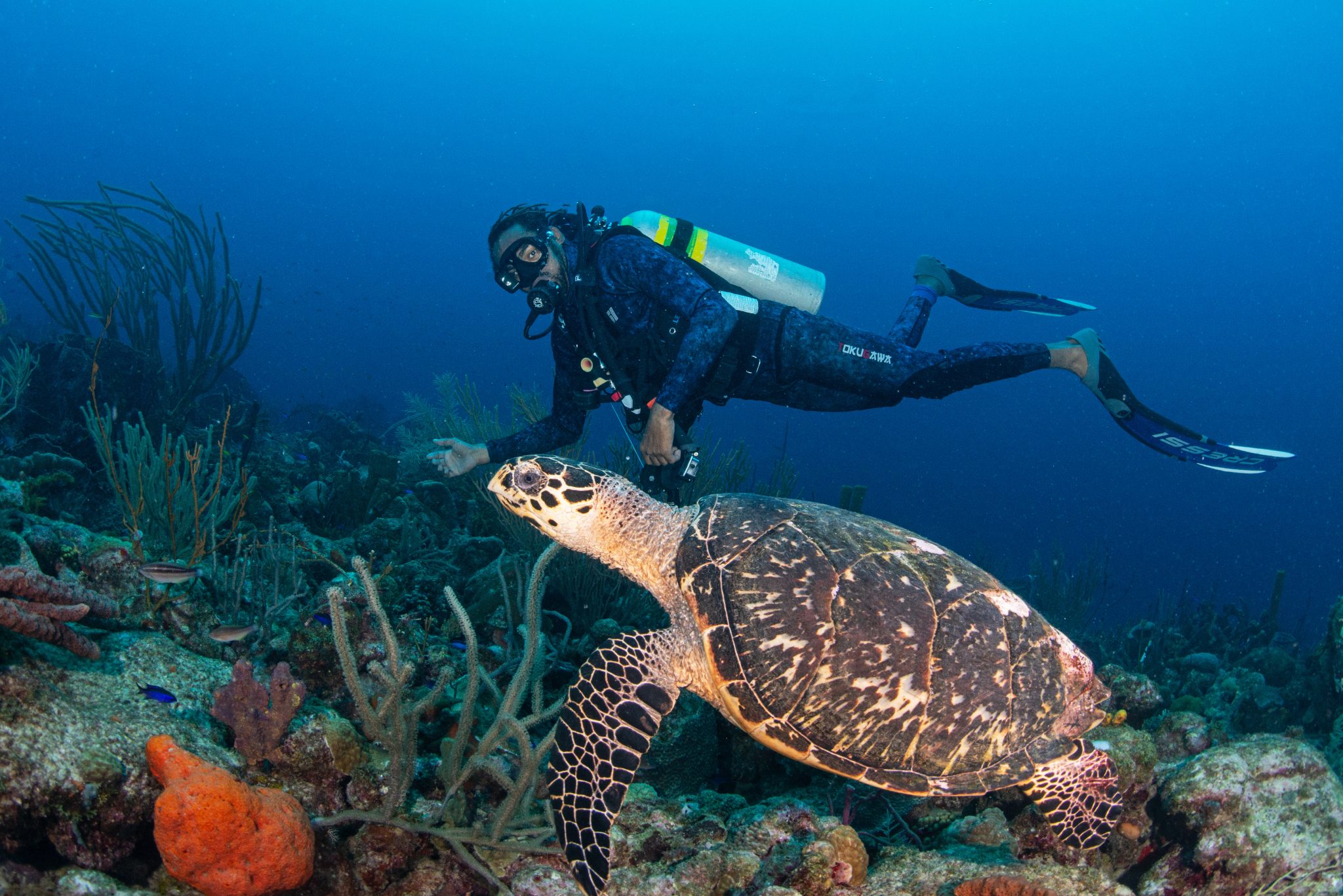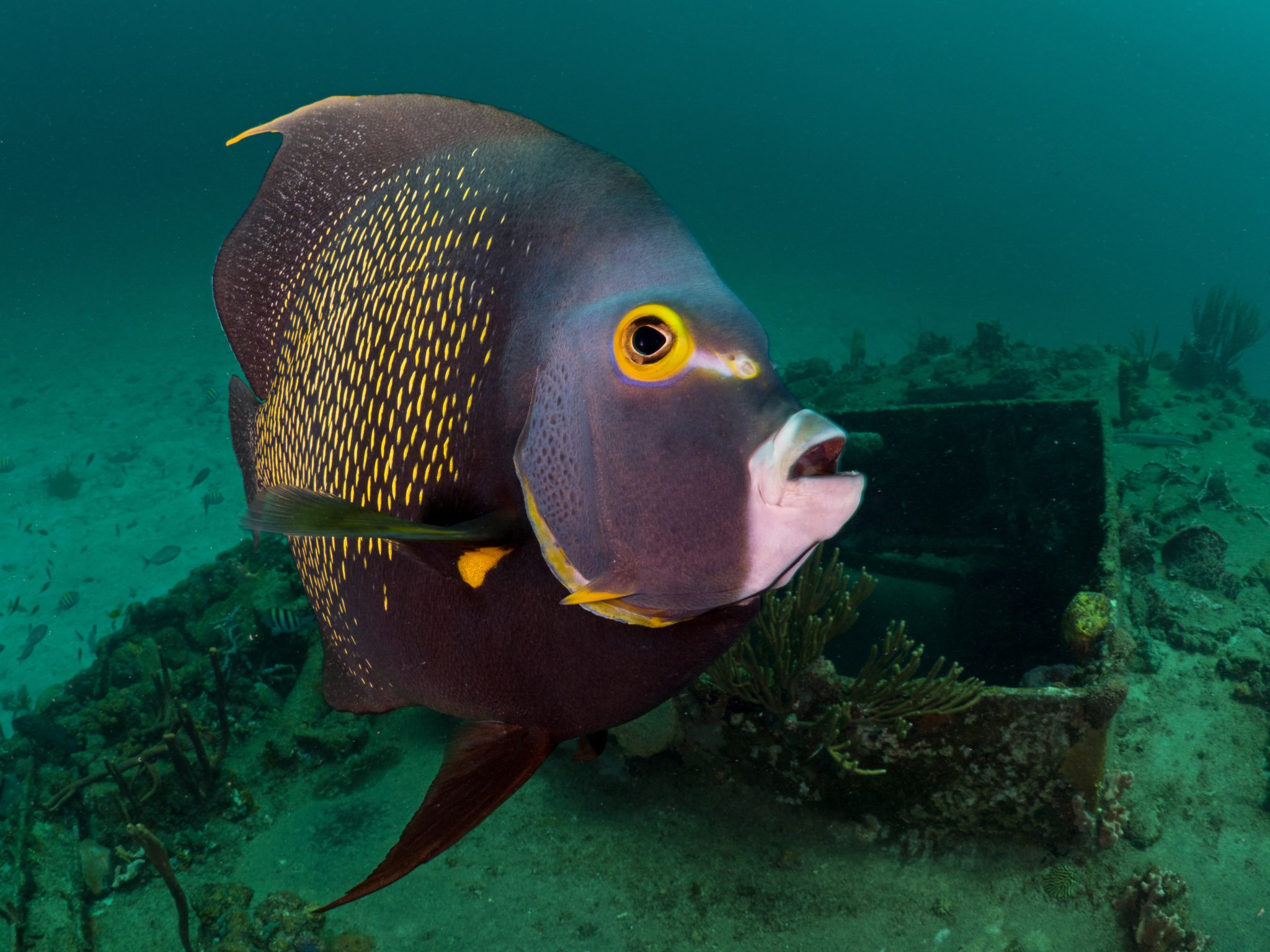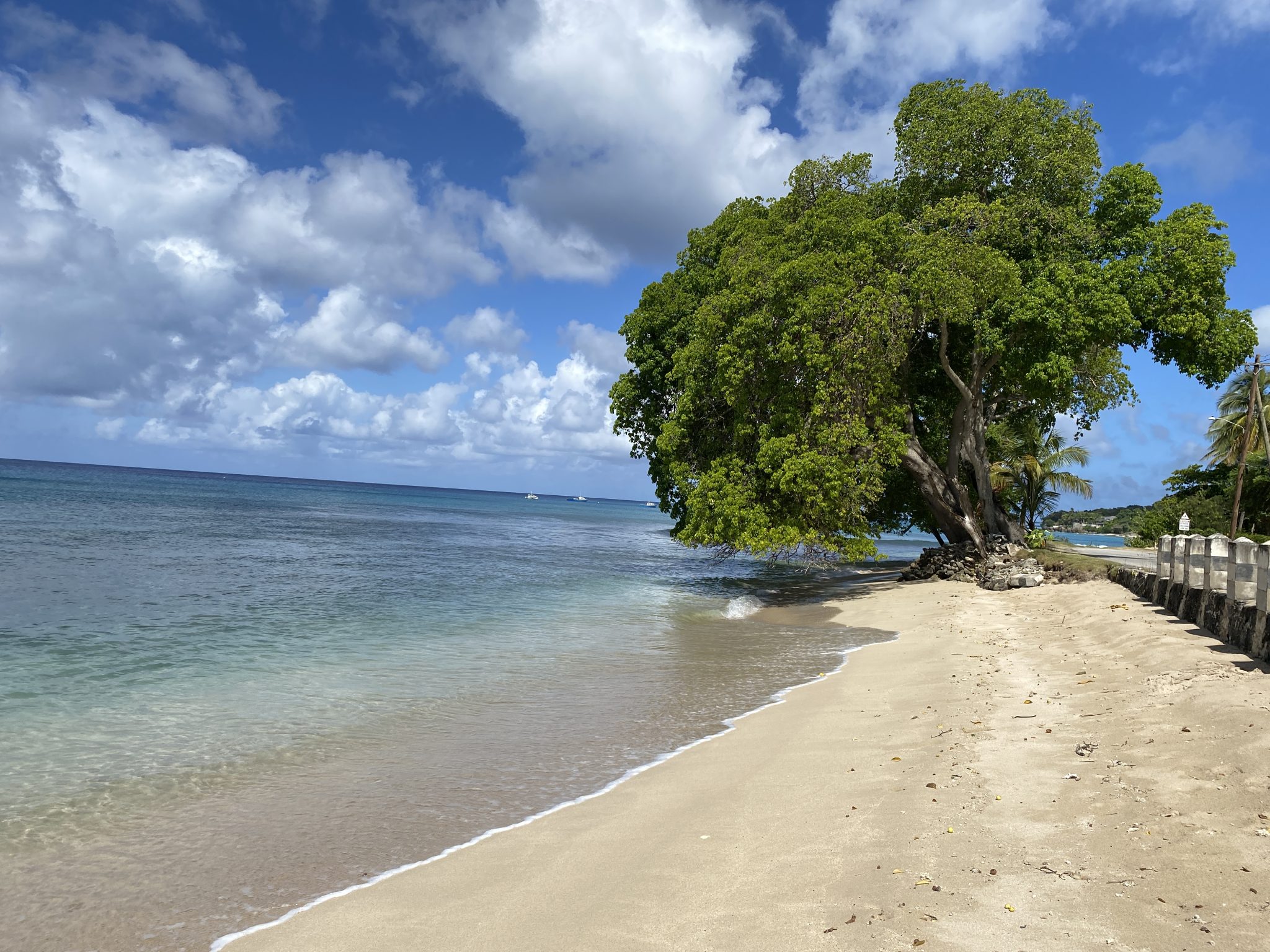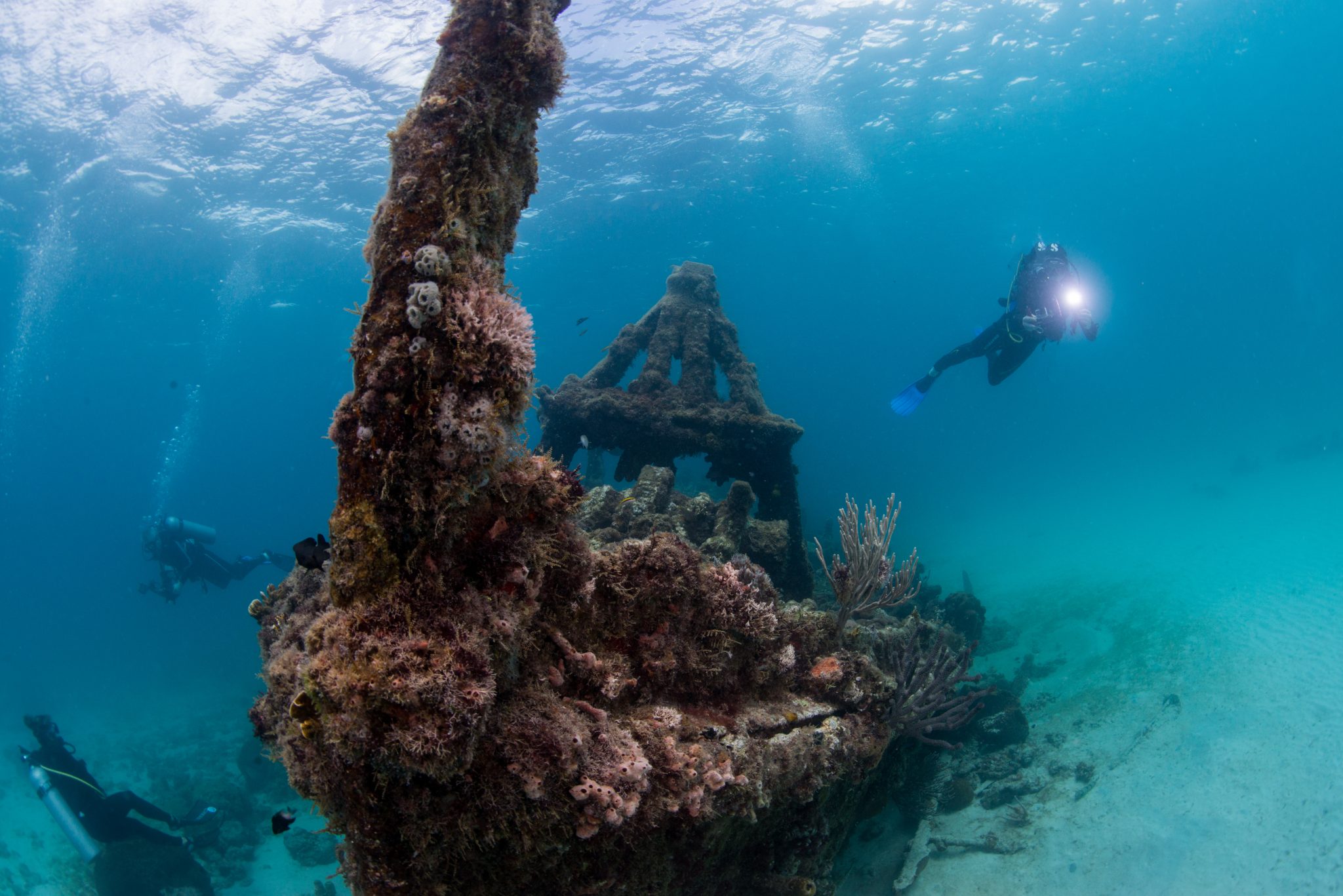Barbados Blue is the Number 1 Rated PADI 5* resort in Barbados. With top of the line equipment, our own compressor and enriched air, we offer 3 dives daily to some of the most beautiful reefs and wrecks in the Caribbean. We teach a wide range of PADI courses and specialties including Coral First Aid and lead the way in Read more...
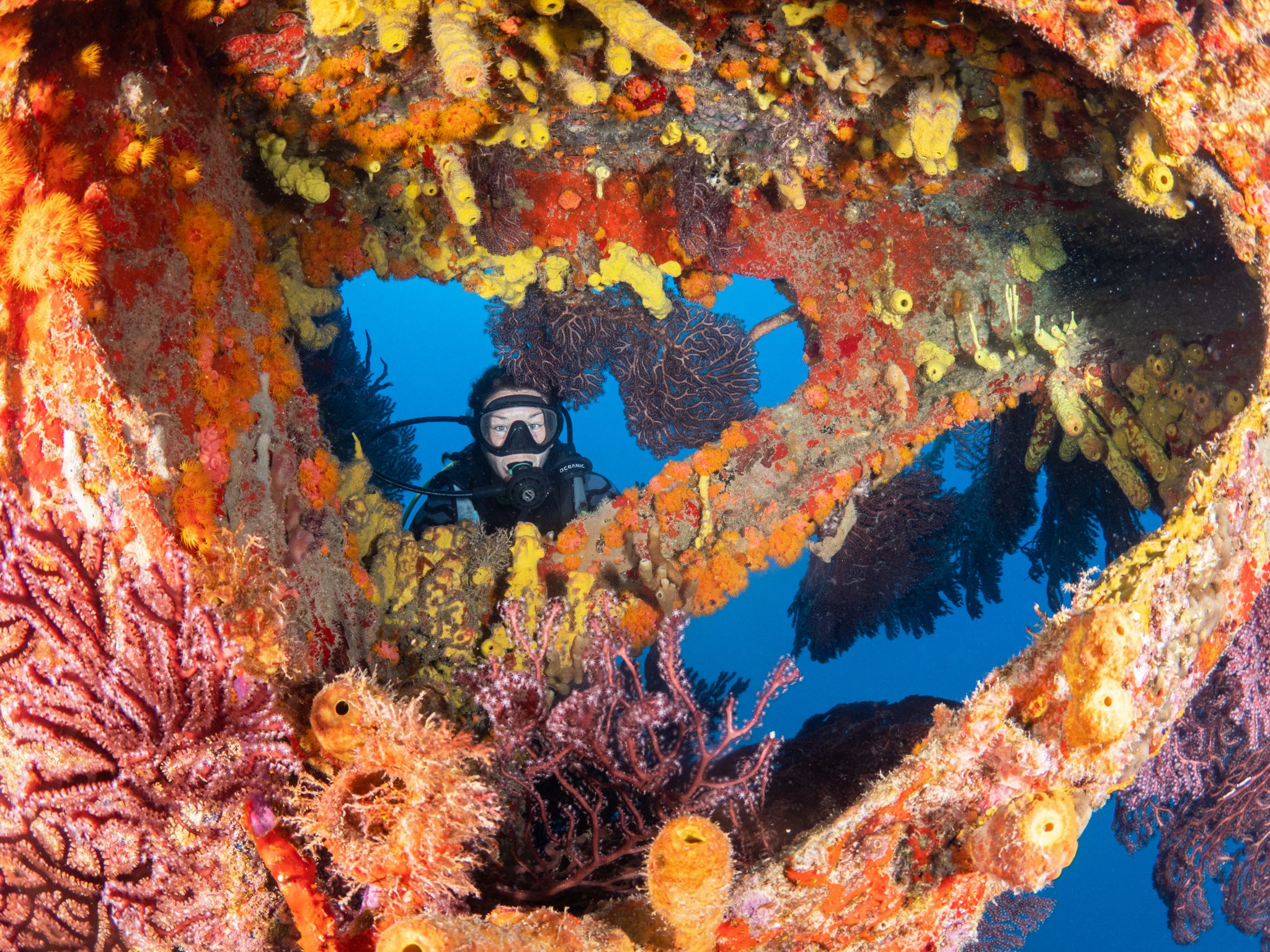

Overview
Fact File
| Capital | Bridgetown |
| Population | 288,000 |
| Languages | English, Bajan Creole |
| Time | GMT -4 |
| International Dialling Code | +1 |
| Currency | Barbados Dollar (BBD) |
| Tourist Board | |
| International Airports | Grantley Adams International Airport (GAIA)
|
About The Diving
Barbados is made primarily from coral, unlike her volcanic neighbours. Surrounded by coral the island has a diverse ecosystem, from barrier reef to gently sloping fringing reef. The Caribbean coast of the West and South offers lush tranquil reefs and wrecks, while the wilder north and east Atlantic coast offers more seasonal, adventurous dives.
Barbados is also home to four species of turtles: green, loggerhead, hawksbill and leatherback, with the second highest breeding population of hawksbill turtles in the Caribbean. Turtles are frequently seen on dives and will often approach quite close, being familiar with their underwater visitors.
With many sites diveable year round and visibility of 10-30m, this is an excellent diving location in any season. Barbados has several excellent wreck dives within the Carlisle Bay and Folkestone Marine Parks, some beautiful pier dives, and healthy vibrant reefs. With warm 27-30°C water year round, what’s not to love?
Dive Highlights
Carlisle Bay Marine Park, Saint Michael
Carlisle Bay is a hugely popular site made up of 6 wrecks linked in a circle by large cannons, anchors, and other debris. The deepest wreck is in 20m of water, while the shallowest is 5m from the surface. The wrecks range from newly sunk artificial reefs to WWI casualties and these structures have attracted a huge amount of life including seahorses, reef squid, turtles and schools of tropical fish.
SS Stavronikita and Folkestone Marine Park
“The Stav” is a 120m Greek freighter towed to Barbados to become an artificial reef in 1978, after a fire in August 1976 put her out of commission. She sits upright in 40m of water about 1km from shore. This large shipwreck can be admired over several dives, from the forward mast covered in coral, sea fans and sponges to the props in the deep. After 40 years underwater, every inch of her is now encrusted with life, making a fantastic dive site for wreck lovers and reef lovers alike. A deeper dive, this is most suited for more advanced divers.
As well as the Stavronikita, Folkestone Marine Park is also home to an array of marine life from anemones to sea turtles, and the inshore reef 500m from shore is great for snorkelling.
The Boot
This boot shaped fringing reef lies at a depth of 12-24m with a mixture of gorgeous soft and hard corals. Known for being a turtle hot spot you can also visit the wreck of a small Coast Guard ship. This site is an excellent spot for all divers.
Cement Plant Piers
For those that appreciate the beauty and simplicity of pier diving, this site offers a wide variety of marine life and is diveable from shore or boat. With seahorses and frogfish and the imposing structure making a great atmosphere for underwater photography, its easy to see why this is one of the most popular north coast dives.
Consett Bay
This Atlantic east coast site is accessible on calm days. In contrast to the Caribbean diving, the waters here feature coral caverns and swimthroughs. Diving amongst the large coral formations there is also the chance to see pelagics such as jacks, king trevally and sharks.
When To Go
Barbados is good to visit year round, but the best of the weather and sea conditions can be enjoyed in the dry season from mid-December to the end of April.

